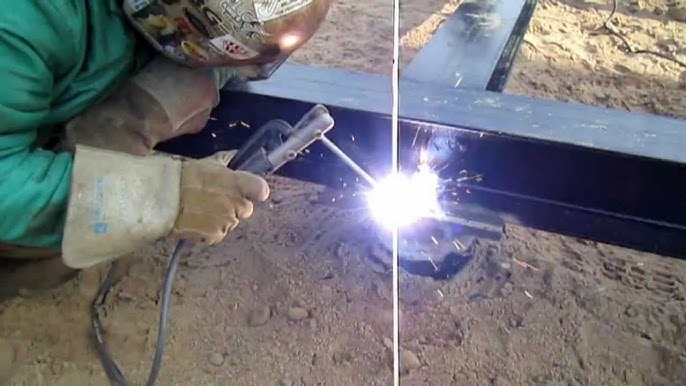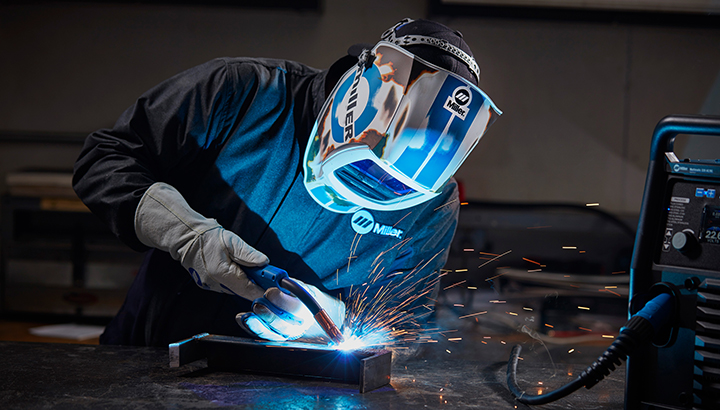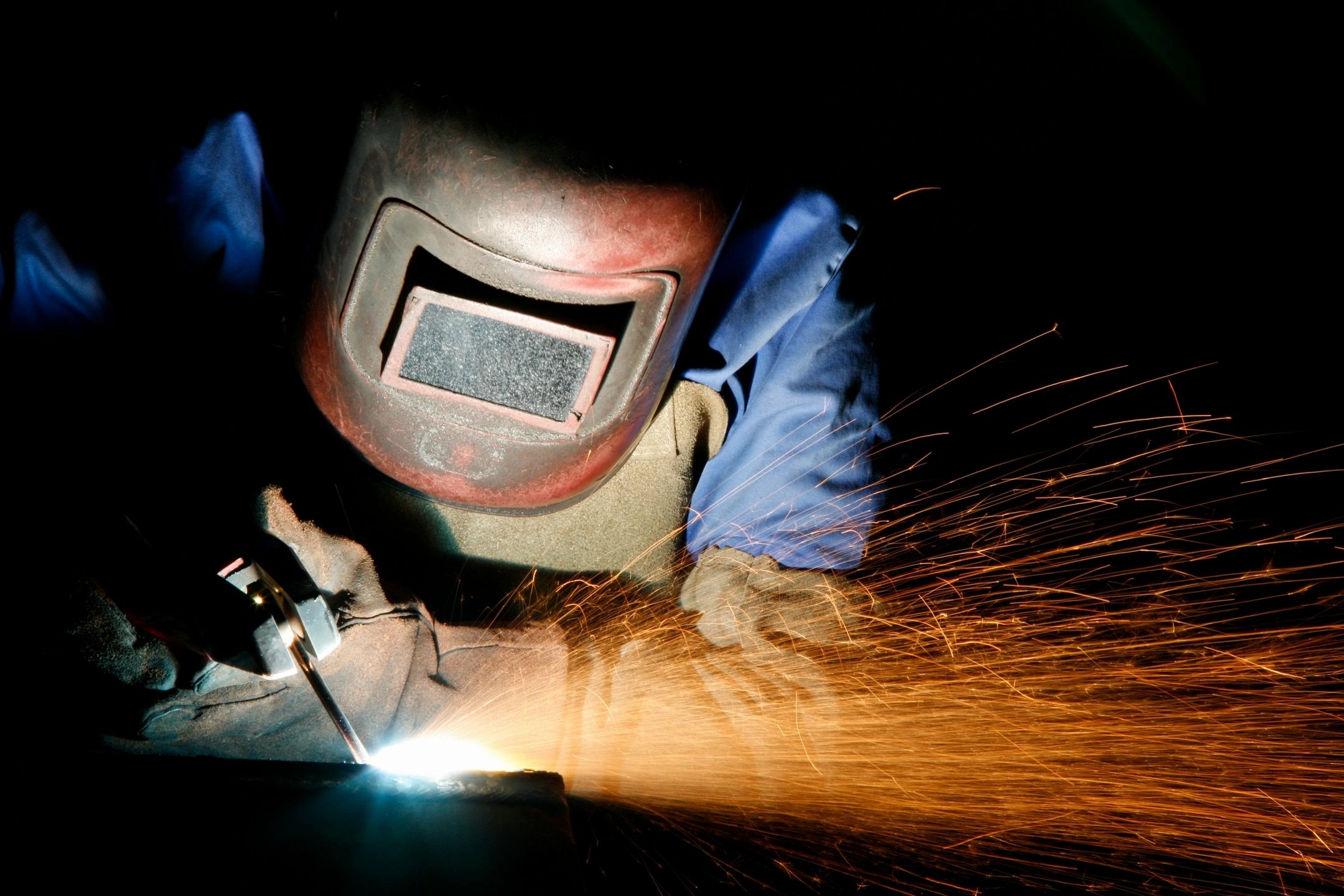Early defect indicators and what Belgrade can do about them
Wiki Article
Common Welding Fixing Issues and Exactly How to Address Them Efficiently
Welding repairs often run into a series of concerns that can threaten the honesty of the last product. Common troubles consist of insufficient infiltration, porosity, and misalignment, amongst others. Each flaw provides one-of-a-kind difficulties that require details strategies for resolution. Comprehending these concerns is crucial for welders intending to improve their skills and end results. This discussion will certainly check out these typical welding repair work problems and reliable methods to address them.Insufficient Infiltration
Insufficient infiltration takes place when the weld steel falls short to totally fuse with the base material, causing weak joints and prospective structural failures. This problem typically stems from insufficient warmth input, wrong electrode angle, or inappropriate welding rate. Welders might encounter insufficient infiltration due to a miscalculation of the required parameters for a certain product thickness or type. Additionally, contamination on the base product's surface area can prevent efficient bonding, exacerbating the problem. To address insufficient infiltration, welders need to assure suitable settings on their tools and preserve a clean work surface area. Normal examination of welds is recommended to recognize any shortages early, permitting prompt modifications and the avoidance of endangered structural stability in welded assemblies.Porosity
Porosity is a common issue in bonded joints that shows up as tiny gas bubbles entraped within the weld steel. This flaw can jeopardize the stability of the weld, leading to lowered stamina and possible failure under tension. Belgrade Fabrication. Porosity commonly occurs from contamination, moisture, or inappropriate welding strategies, which permit gases to leave right into the molten weld swimming pool. To address porosity, welders should guarantee appropriate surface area prep work, maintain a clean workplace, and make use of appropriate welding parameters. Additionally, choosing the right filler material and shielding gas can alleviate gas entrapment. Normal assessment and screening of welds can help recognize porosity early, guaranteeing timely corrective actions are taken, thus maintaining the quality and dependability of the bonded frameworkImbalance
Imbalance in welding can develop from numerous variables, including inappropriate arrangement and thermal development. Recognizing the root triggers is crucial for effective resolution. Several adjustment techniques are readily available to straighten elements and assure structural integrity.Reasons of Imbalance
Welding imbalance frequently originates from a variety of underlying problems that can compromise architectural integrity. One main reason is improper fit-up of components prior to welding, which can cause voids and unequal surfaces. Variations in thermal development throughout the welding procedure can likewise result in distortion, particularly if the materials being joined have various coefficients of development. In addition, inadequate securing and fixturing may fail to hold elements safely in location, bring about movement throughout welding. Badly conserved devices, including welding machines and tools, may introduce disparities in the weld bead, additional adding to misalignment. Driver error, stemming from insufficient training or experience, can also play a substantial role in developing misaligned welds.
Improvement Techniques Readily Available
Resolving imbalance effectively requires a mix of rehabilitative methods tailored to the details problems available. One common approach is the use of components or jigs to hold parts in the correct position throughout welding, making sure constant placement. Additionally, preheating the products can help decrease distortion and enhance fit-up. For considerable misalignment, mechanical realignment methods, such as using hydraulic jacks or clamps, can be used to fix the setting prior to welding. Post-weld heat treatment may likewise be necessary to relieve tensions triggered by misalignment. Finally, careful examination and change during the arrangement stage can stop imbalance issues from ending up being significant issues, promoting a smoother welding process and improving general architectural honesty.Distortion
Distortion is a common challenge in welding that can arise from various factors, consisting of unequal heating and air conditioning. Recognizing the causes of distortion is crucial for implementing effective prevention techniques. Resolving this concern not only boosts structural integrity however additionally boosts the overall top quality of the weld.Sources of Distortion
When based on the intense heat of welding, materials commonly go through modifications that can lead to distortion. This phenomenon mainly arises from thermal development and contraction throughout the welding procedure. As the weld area warms up, the product increases; upon air conditioning, it contracts, which can create interior tensions. Additionally, unequal heating throughout a workpiece can exacerbate these stress and anxieties, causing bending or flexing. The sort of product additionally plays a considerable role; steels with varying thermal conductivity and coefficients of expansion might respond in different ways, resulting in uncertain distortions. Inadequate joint style and poor fixturing can contribute to misalignment throughout welding, raising the chance of distortion. Comprehending these causes is essential for reliable welding repair work and avoidance techniques.Avoidance Techniques
Reliable avoidance techniques for distortion throughout here welding focus on controlling heat input and making certain proper joint layout. Preserving a regular warm input assists to lessen thermal expansion and tightening, which can cause distortion. Making use of techniques such as pre-heating the work surface can likewise reduce the temperature level slope, promoting uniform heating. Furthermore, picking suitable joint designs, such as T-joints or lap joints, can boost stability and decrease stress and anxiety focus. Applying correct fixturing to safeguard the work surfaces in area additionally help in maintaining positioning throughout the welding procedure. Lastly, staggered welding sequences can disperse warm much more equally, stopping local distortion. By applying these strategies, welders can considerably decrease the likelihood of distortion and enhance the total top quality of their welds.Breaking
Cracking is an usual problem come across in welding repair work, typically resulting from various factors such as improper cooling prices, product selection, or inadequate joint preparation. The occurrence of fractures can substantially jeopardize the stability of the weld, leading to prospective failures during operation. To address this issue, welders have to first evaluate the root triggers, making sure that products are suitable and properly chosen for the certain application. Additionally, regulating the air conditioning price throughout the welding process is important; fast air conditioning can induce stress and anxiety and bring about splitting. Proper joint style and preparation likewise contribute to minimizing the danger. Carrying out these techniques can enhance weld high quality and sturdiness, inevitably lowering the chance of splitting in finished weldments.
Insufficient Fusion
A significant issue in welding repair work is incomplete fusion, which happens when the weld steel does not effectively bond with the base material or previous weld passes - Montana Mobile Welding and Repair Belgrade Fabrication. This problem can result in weaknesses in the joint, potentially compromising the honesty of the bonded framework. Aspects contributing to incomplete combination consist of not enough warmth input, improper welding technique, and contamination of the surface areas being signed up with. To resolve this problem effectively, welders ought to guarantee appropriate pre-weld cleansing and surface preparation, as well as adjust their welding specifications to accomplish appropriate penetration and combination. Routine examination throughout the welding procedure can also aid determine incomplete combination early, allowing for timely rehabilitative measures to boost the general top quality of the weldOverheating
While welding repairs can boost architectural stability, overheating offers a substantial obstacle that can cause material degradation. Too much warm during welding can modify the mechanical residential or commercial properties of metals, resulting in reduced stamina, increased brittleness, and bending. This sensation is particularly essential in high-stress applications where structural reliability is vital. Identifying getting too hot can involve visual inspections for discoloration or distortion, as well as checking temperature throughout the welding process. To mitigate the dangers linked with overheating, welders need to utilize appropriate strategies, such as regulating heat input, changing travel rate, and using suitable filler products. Additionally, implementing pre- and post-weld warm therapies can help recover product homes and improve the general top quality of the repair, guaranteeing long-lasting performance and safety.Frequently Asked Inquiries
What Are the Typical Indications of a Welding Flaw?

Just How Can I Check My Welds for Quality?
To evaluate welds for high quality, one can utilize aesthetic inspections, ultrasonic screening, and radiographic techniques. Each technique assures structural integrity, recognizes problems, and verifies adherence to defined standards, eventually improving the integrity of the welded joints.What Safety Preventative Measures Should I Take While Welding?
When welding, one ought to prioritize safety and security by wearing ideal individual protective devices, making certain proper air flow, safeguarding flammable products away, keeping a tidy workspace, and being aware of environments to stop injuries and accidents.Can I Repair a Weld Without Renovating the Entire Joint?
Fixing a weld without remodeling the whole joint is feasible, depending on the damage (Belgrade). Techniques such as grinding, adding filler material, or using a welding process can effectively resolve details defects while protecting the surrounding structureWhat Equipment Are Vital for Efficient Welding Fixes?
Important tools for effective welding fixings consist of a welding equipment, cord brush, mill, protective gear, clamps, and filler products. Each device plays an important duty in making certain quality and safety throughout the fixing process. Porosity normally arises from contamination, dampness, or incorrect welding techniques, which enable gases to escape into the molten weld swimming pool. Poorly maintained devices, consisting of welding makers and tools, may present incongruities in the weld bead, additional contributing to misalignment. When subjected to the intense warmth of welding, products often undergo changes that can lead to distortion. Cracking is a common concern come across in welding repairs, typically resulting from various factors such as inappropriate cooling rates, product selection, or poor joint prep work. A considerable issue in welding fixings is insufficient combination, which takes place when the weld metal does not effectively bond with the base material or previous weld passes.Report this wiki page